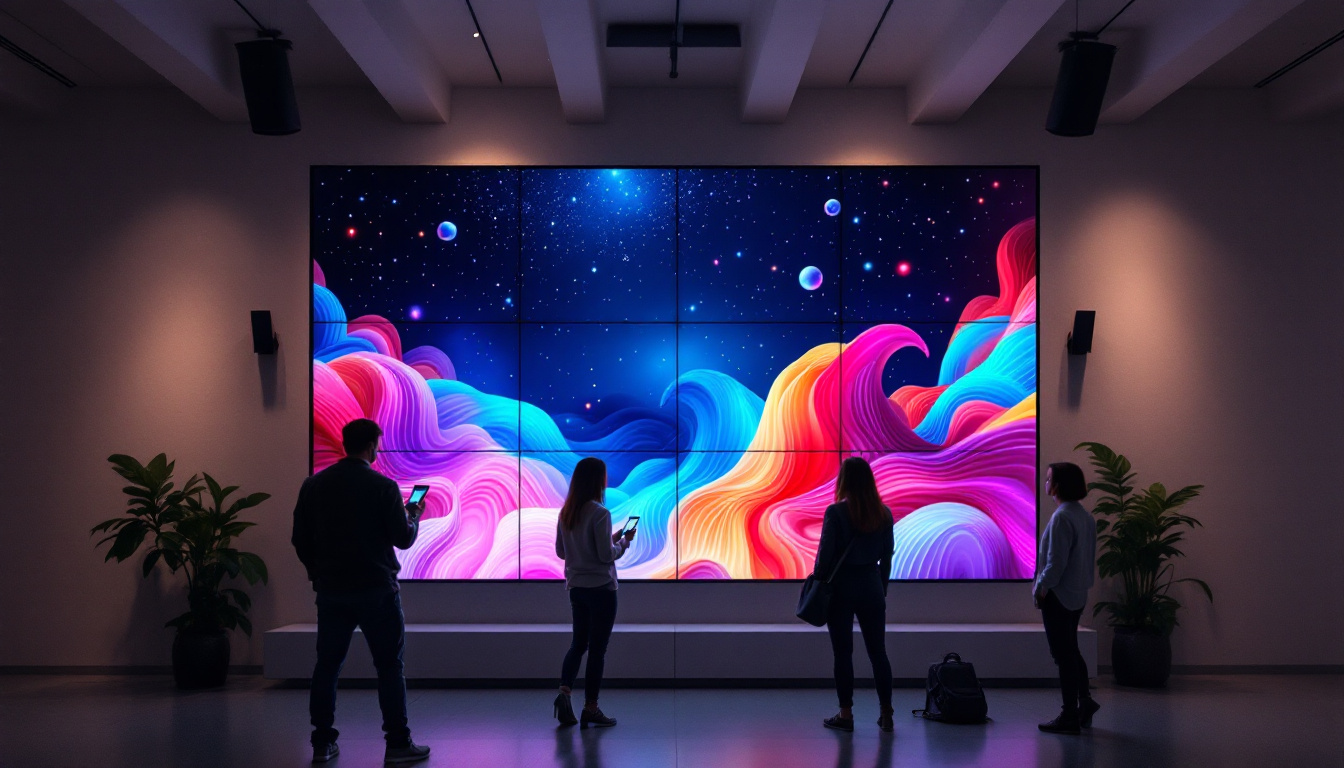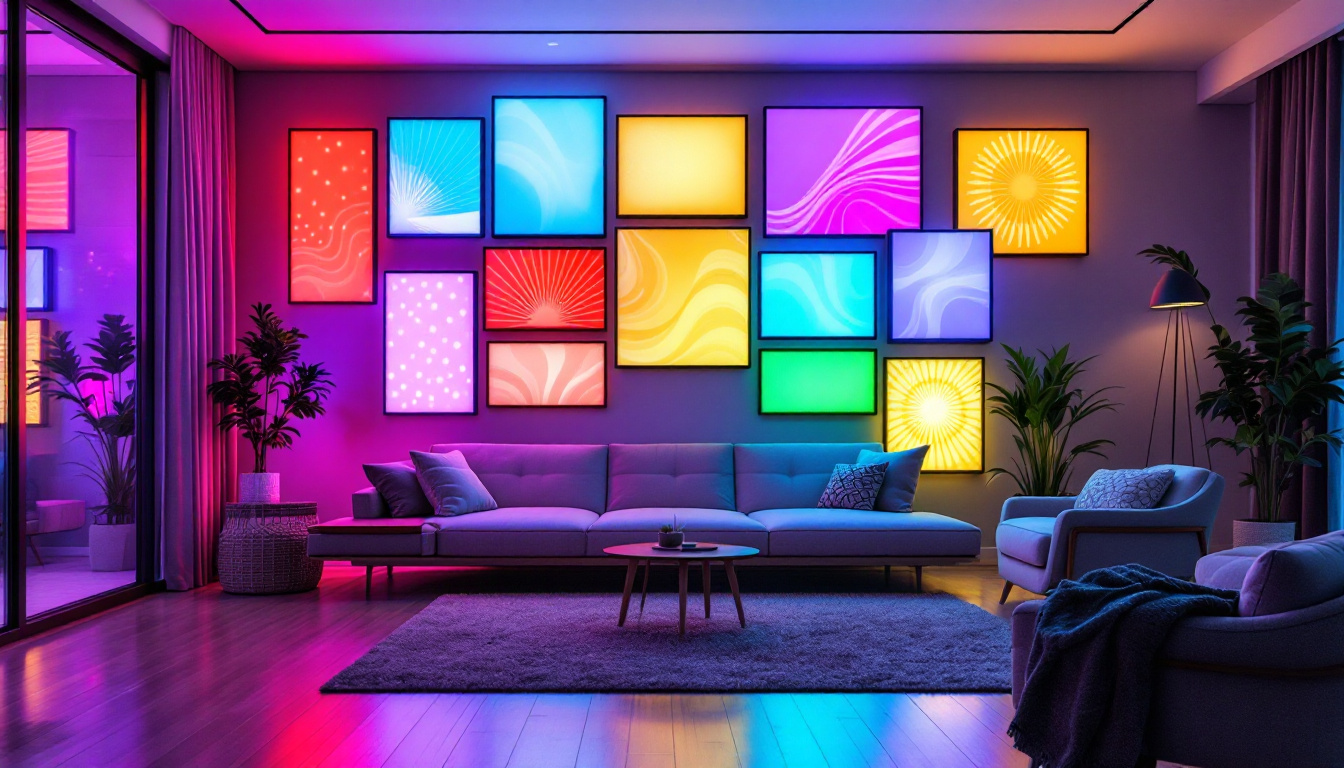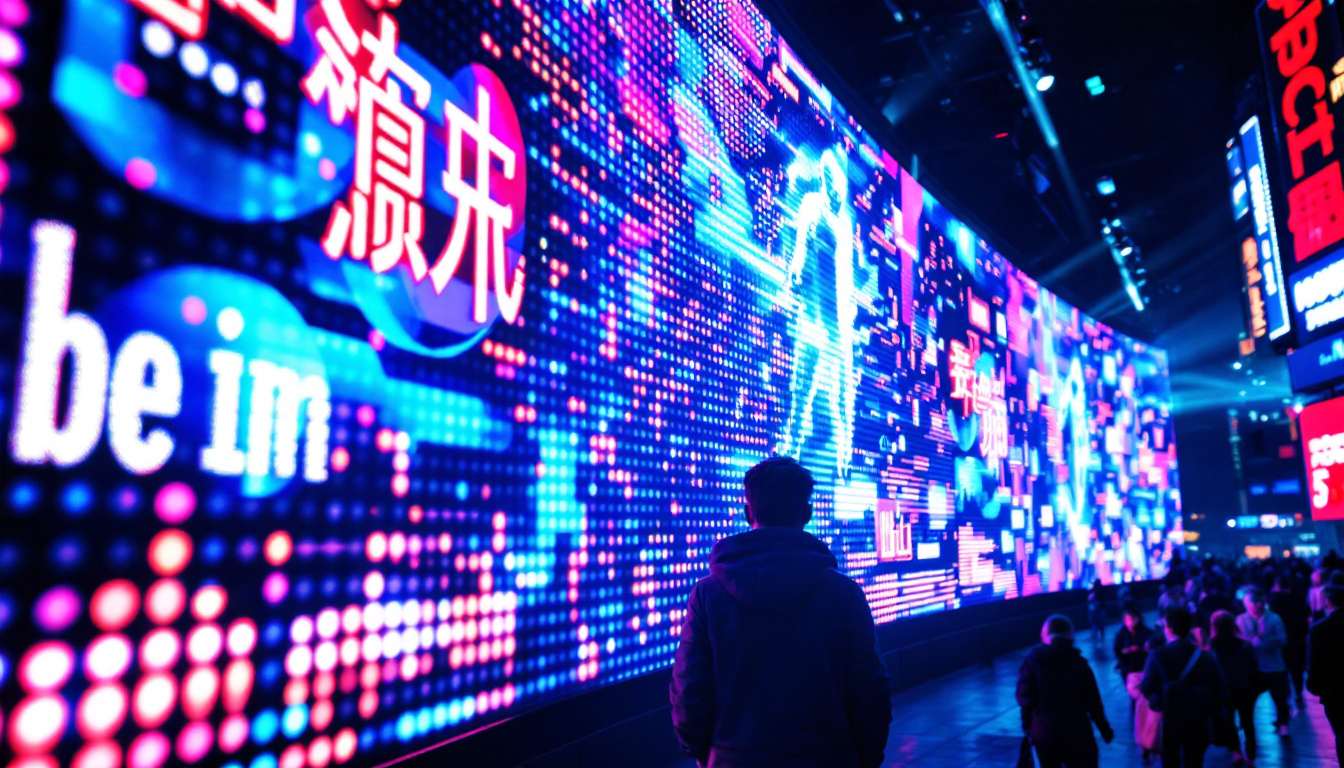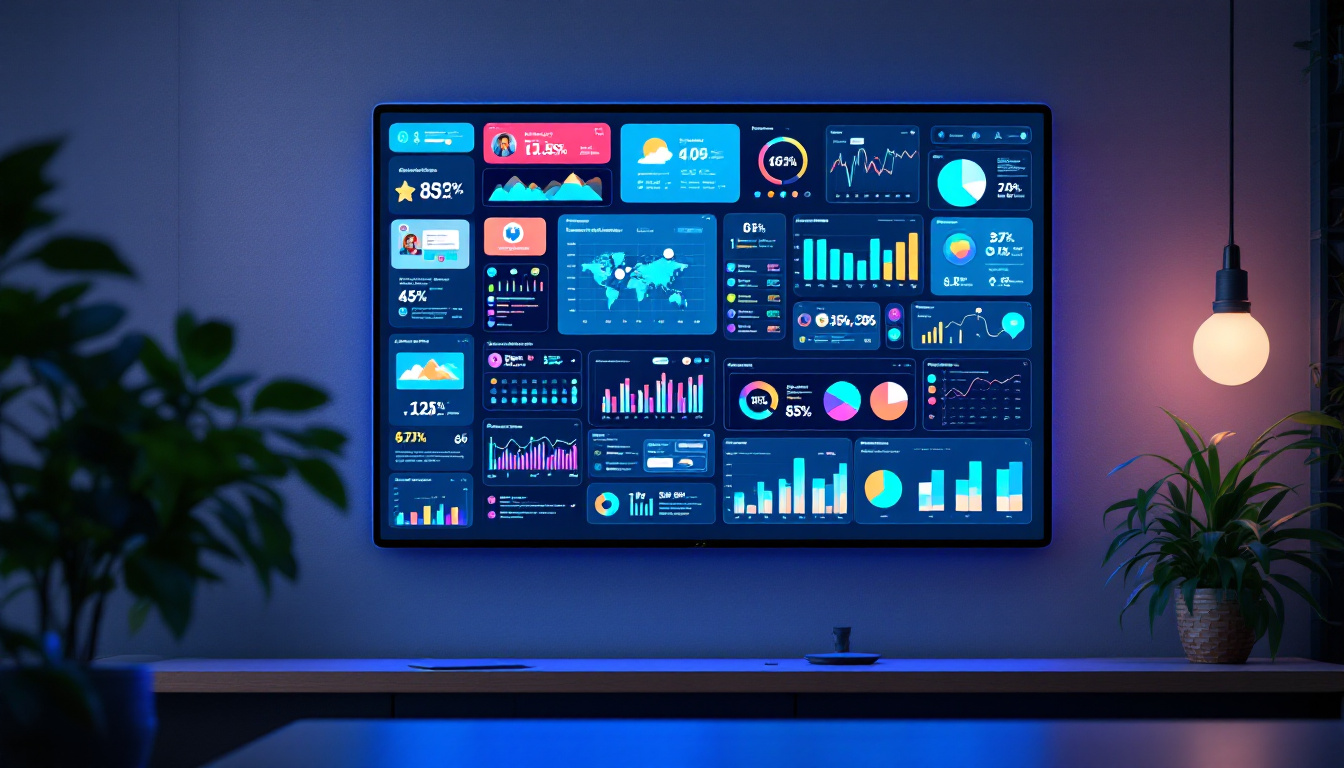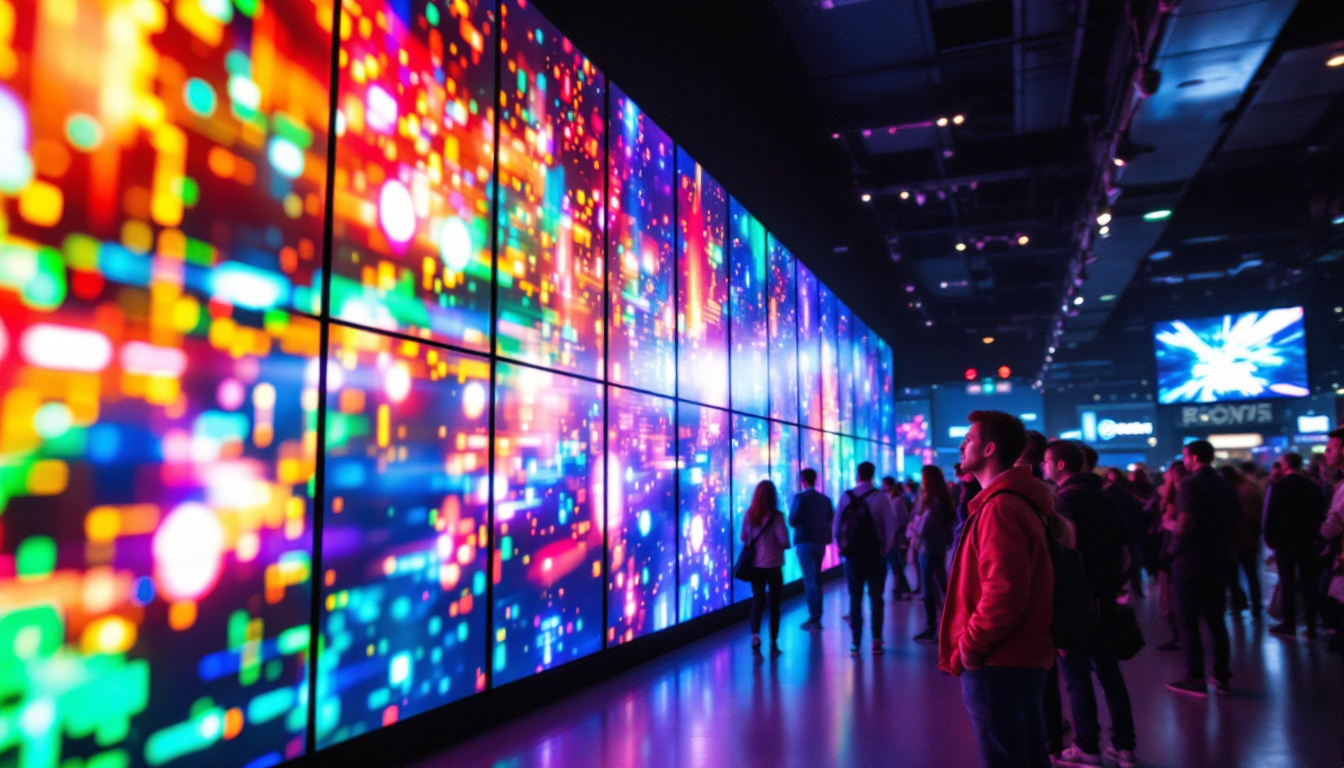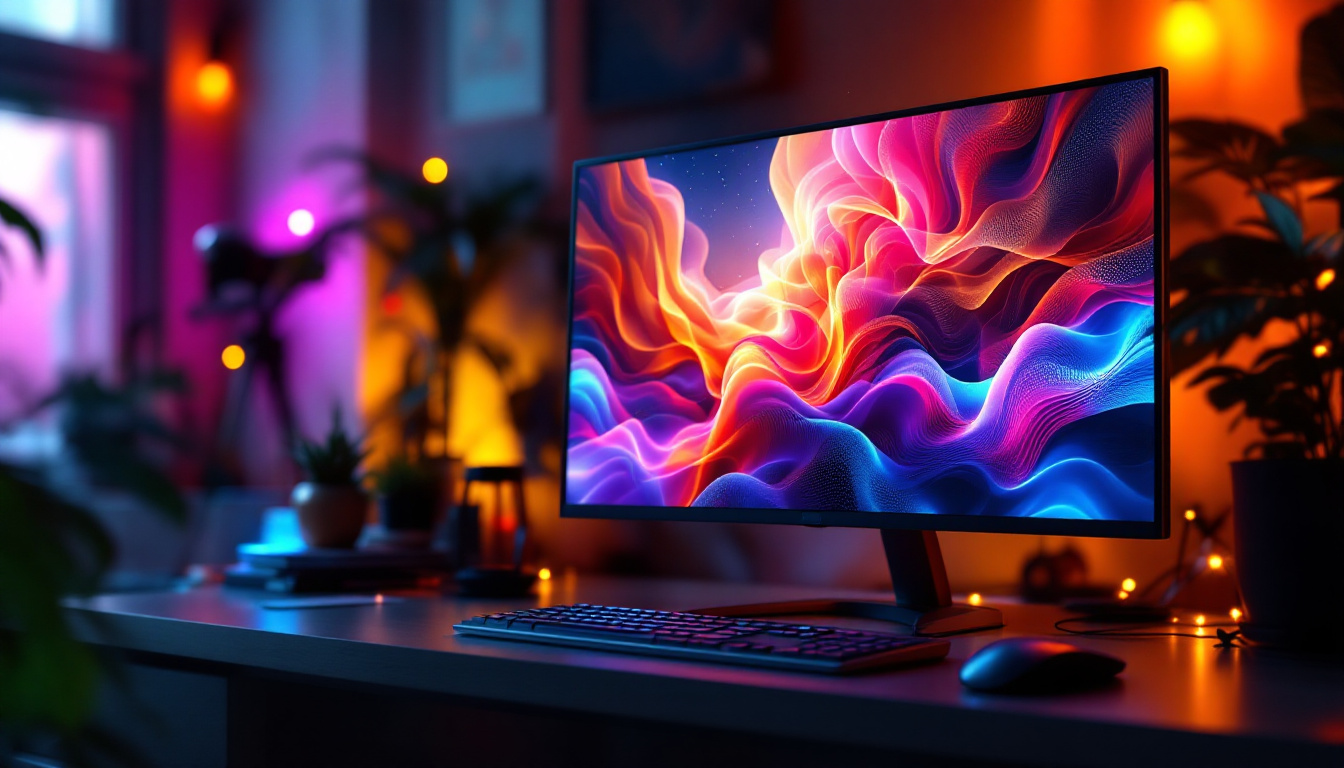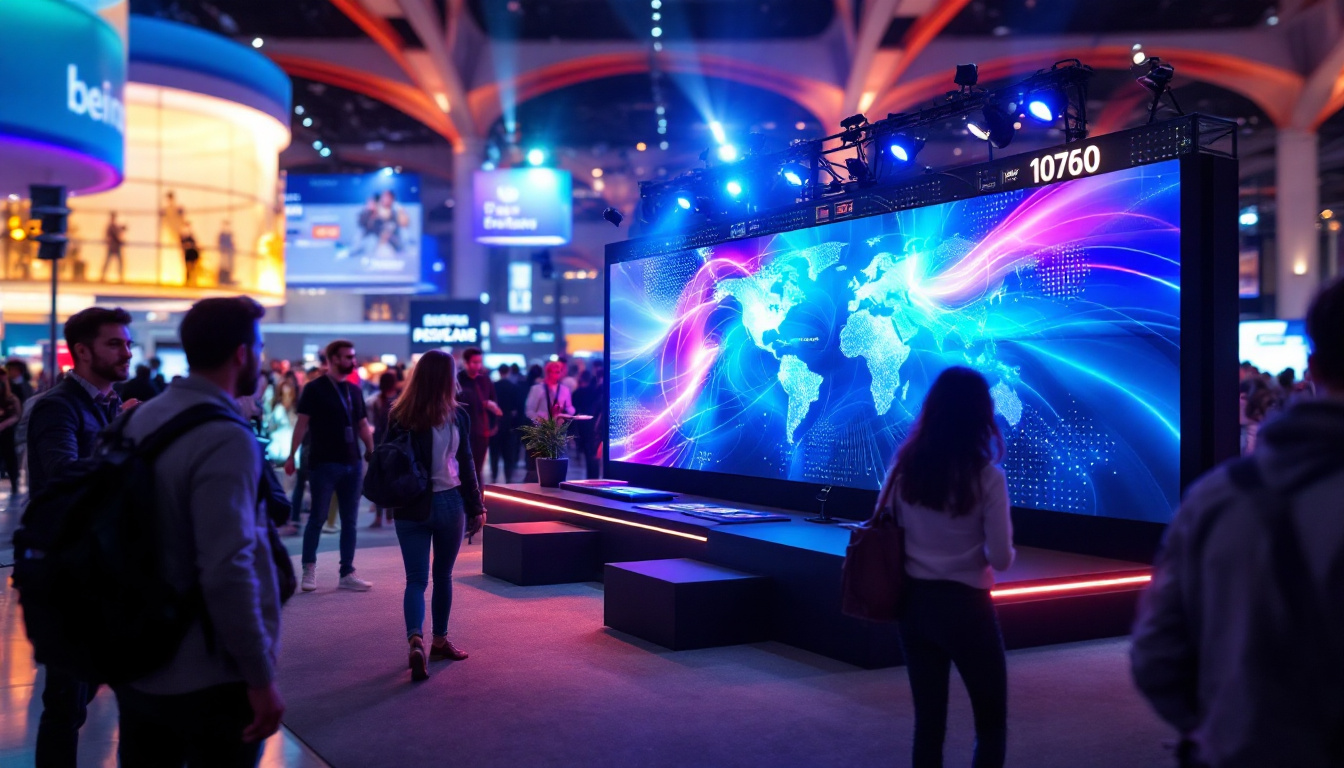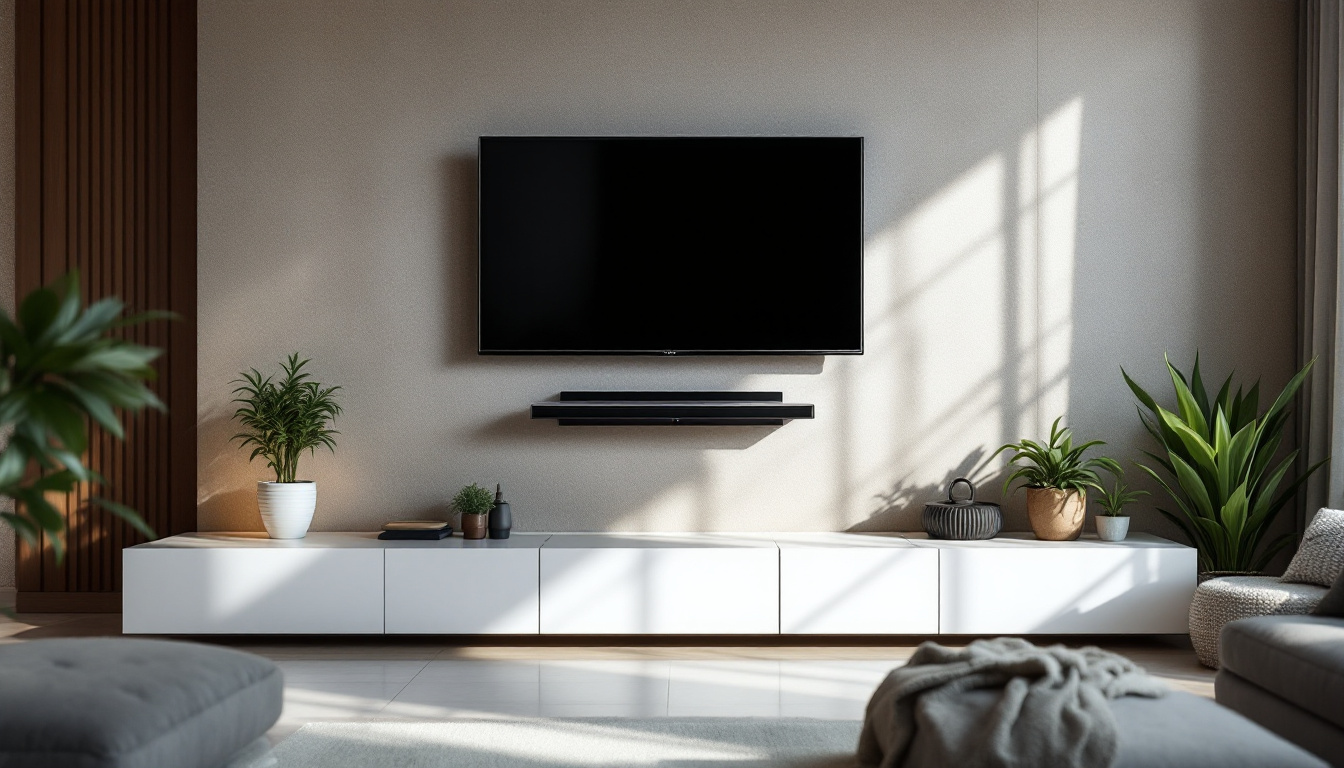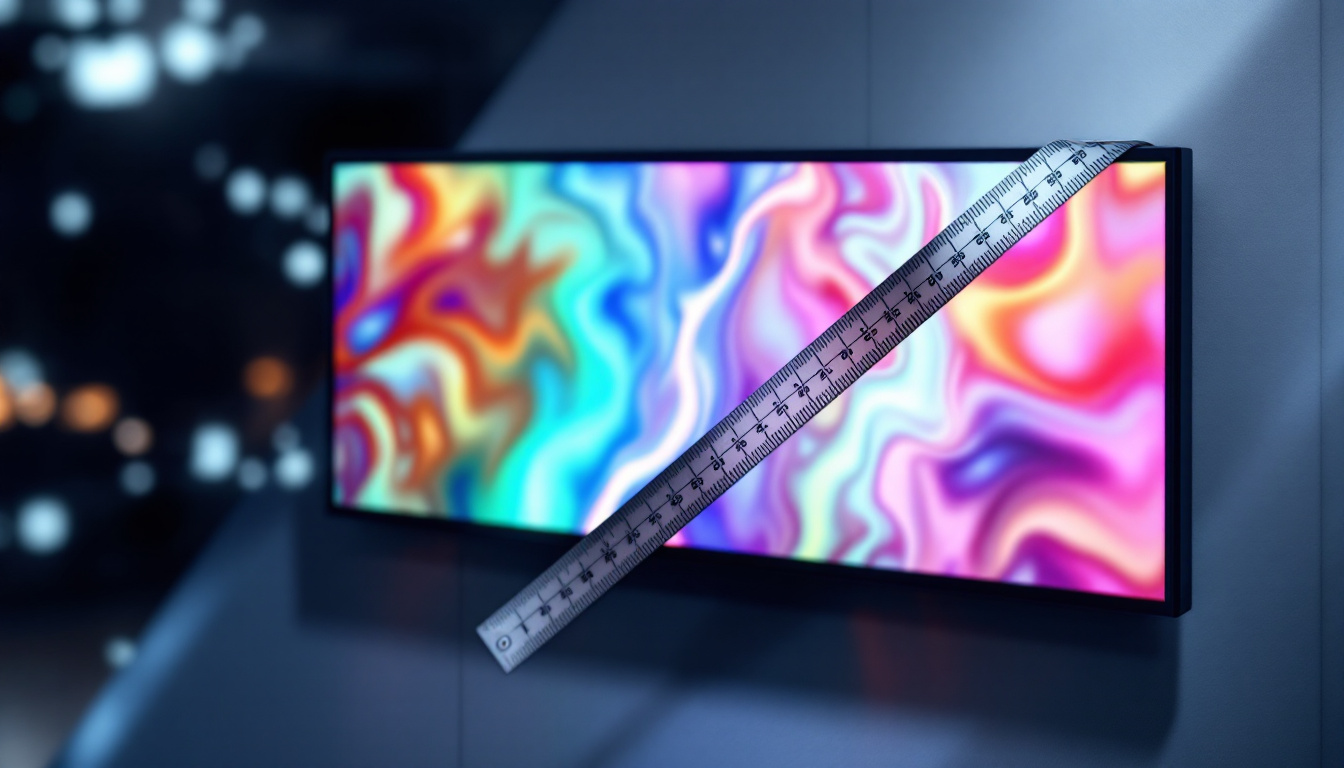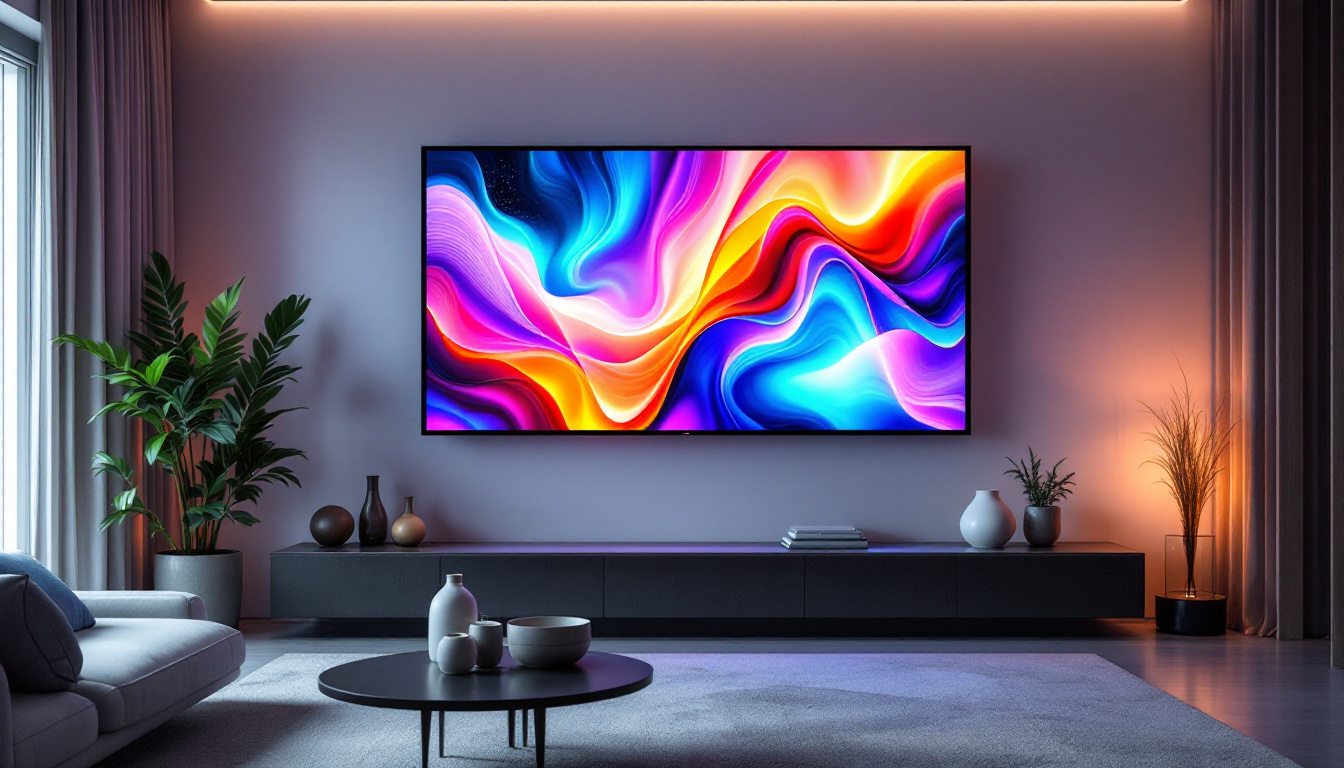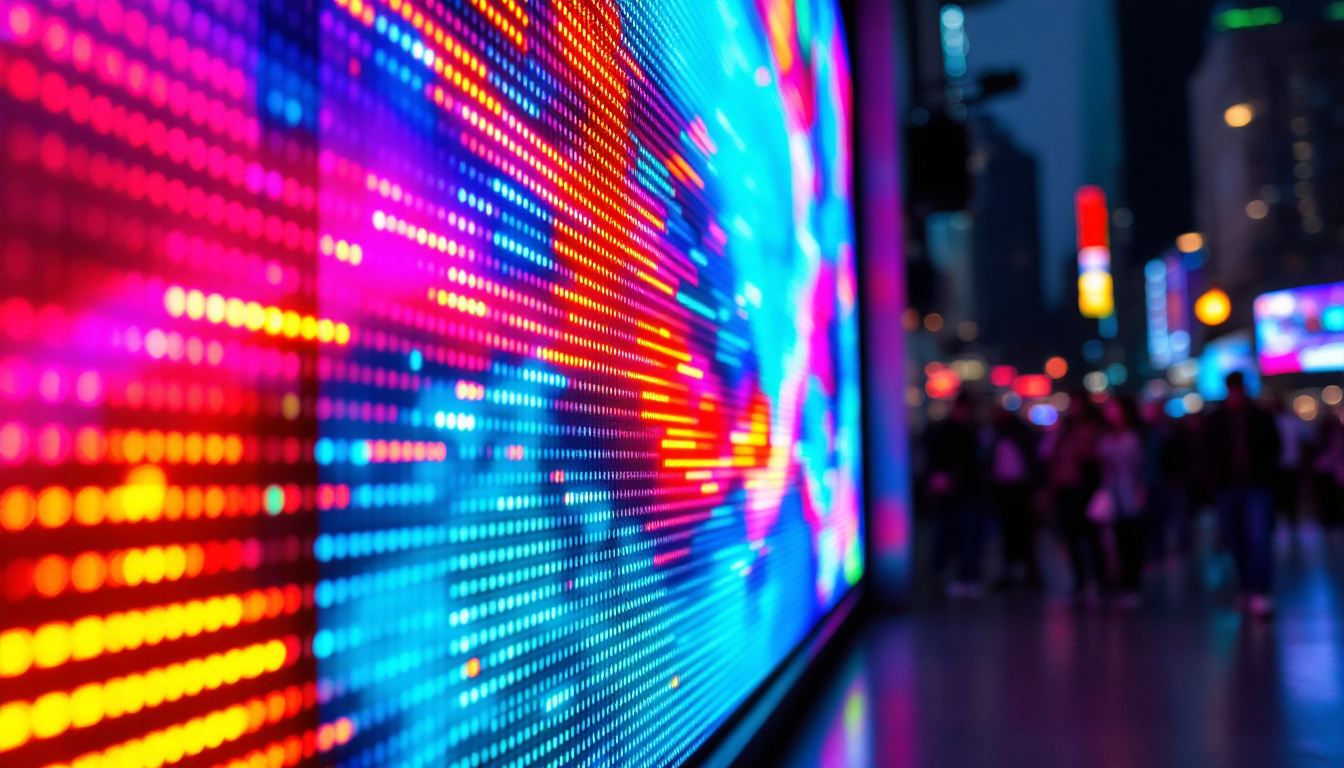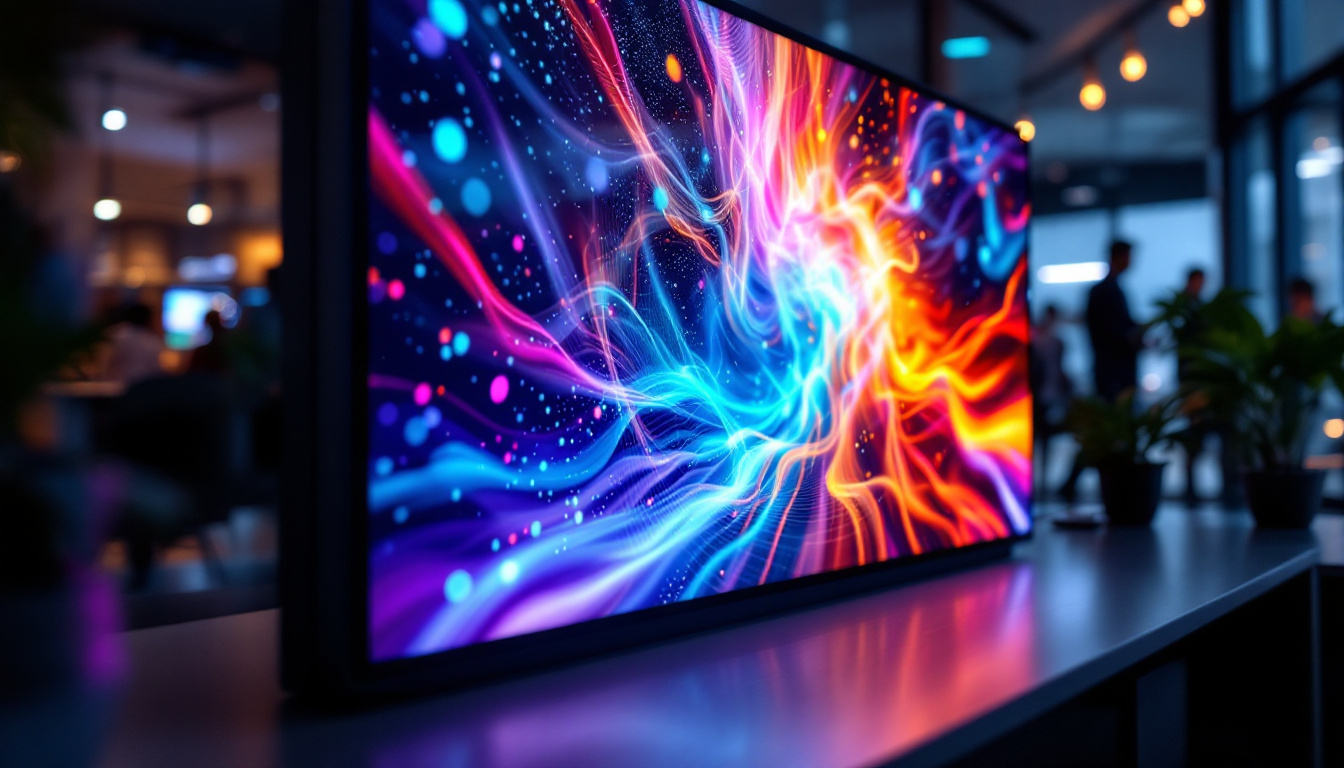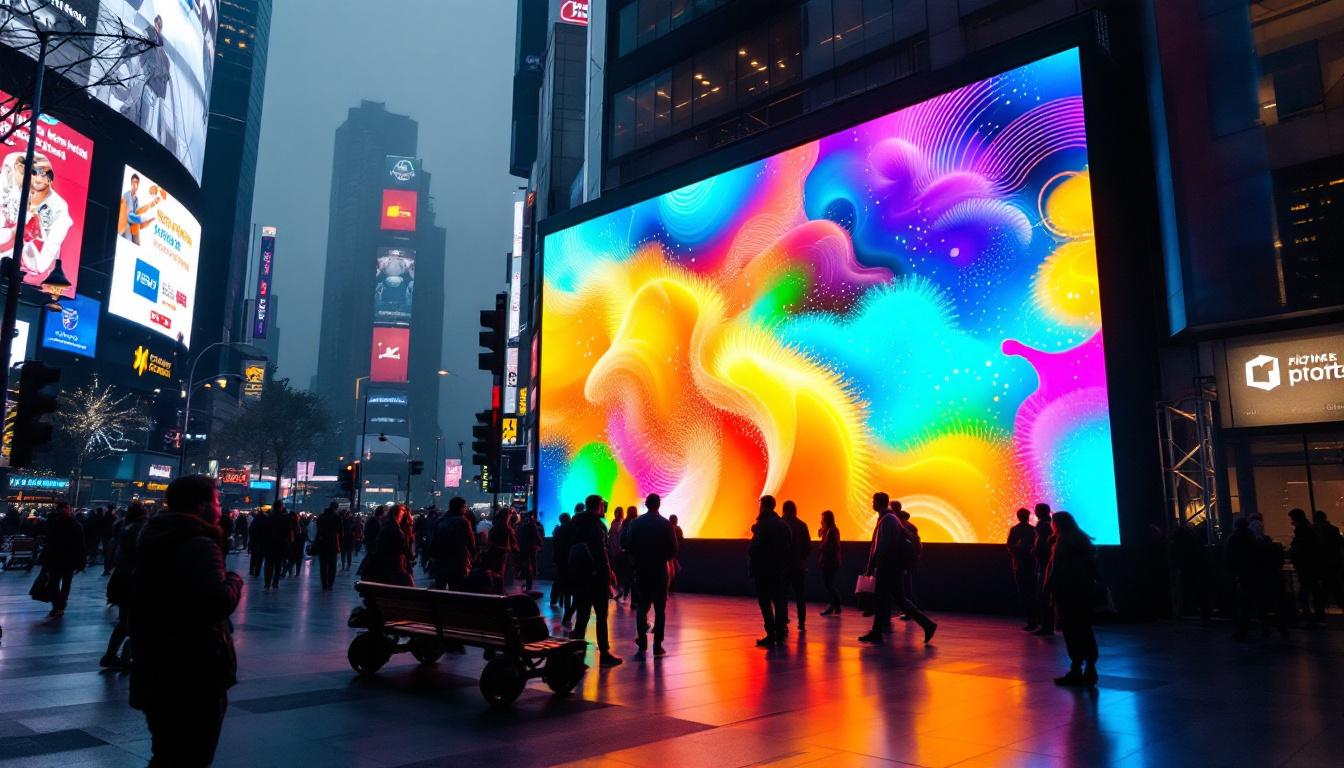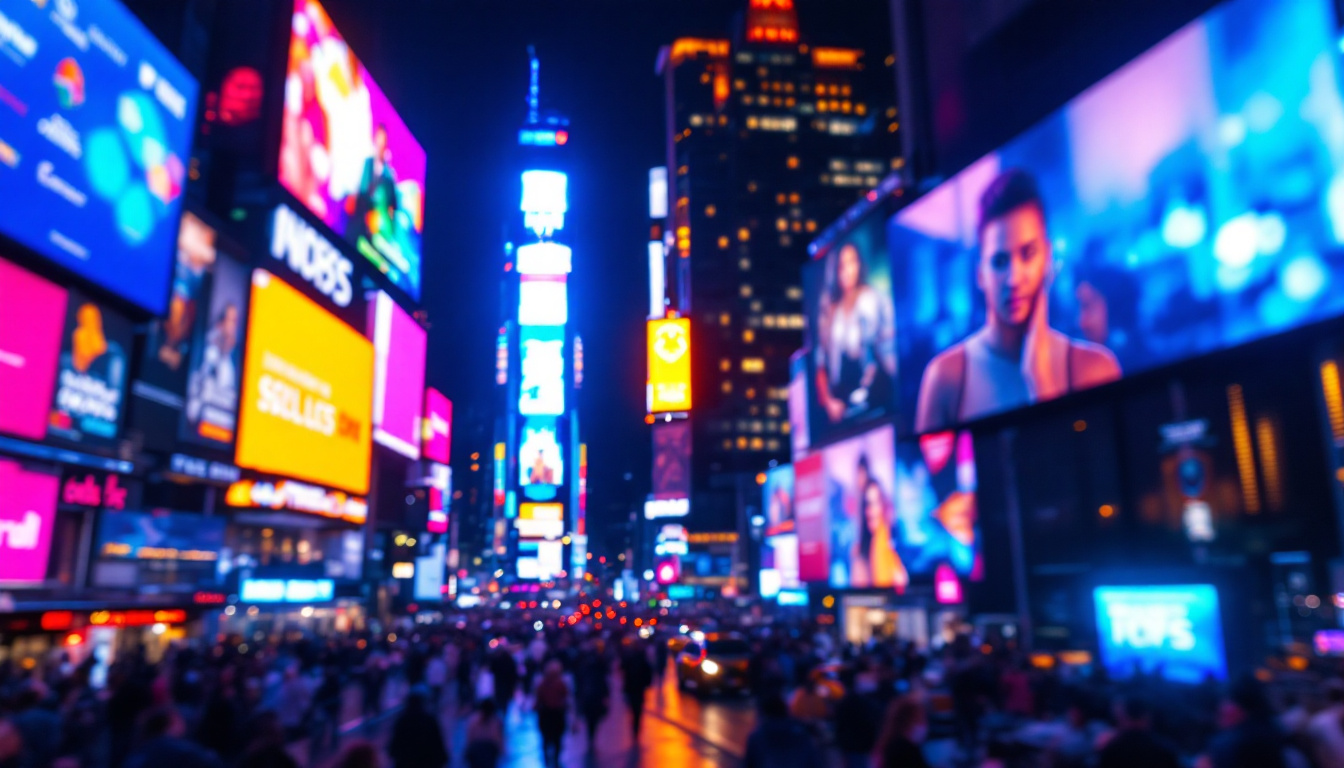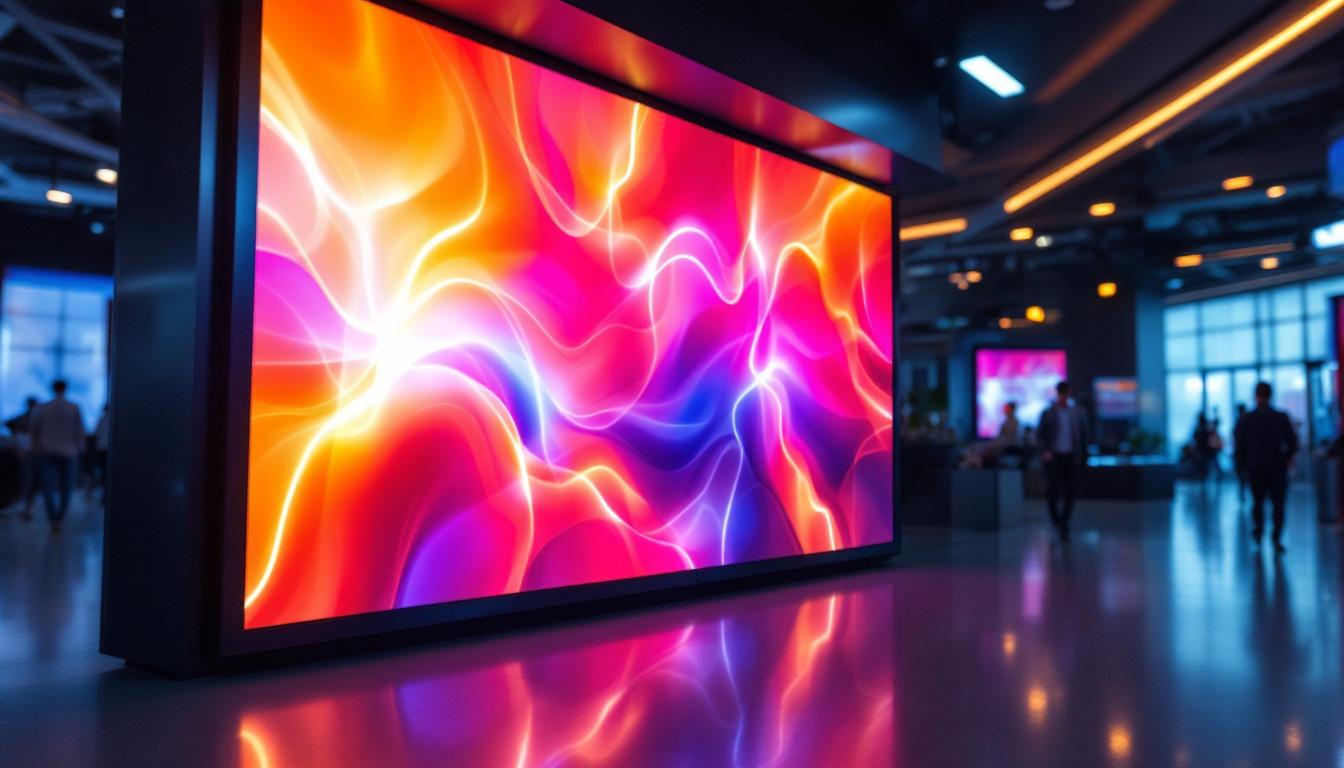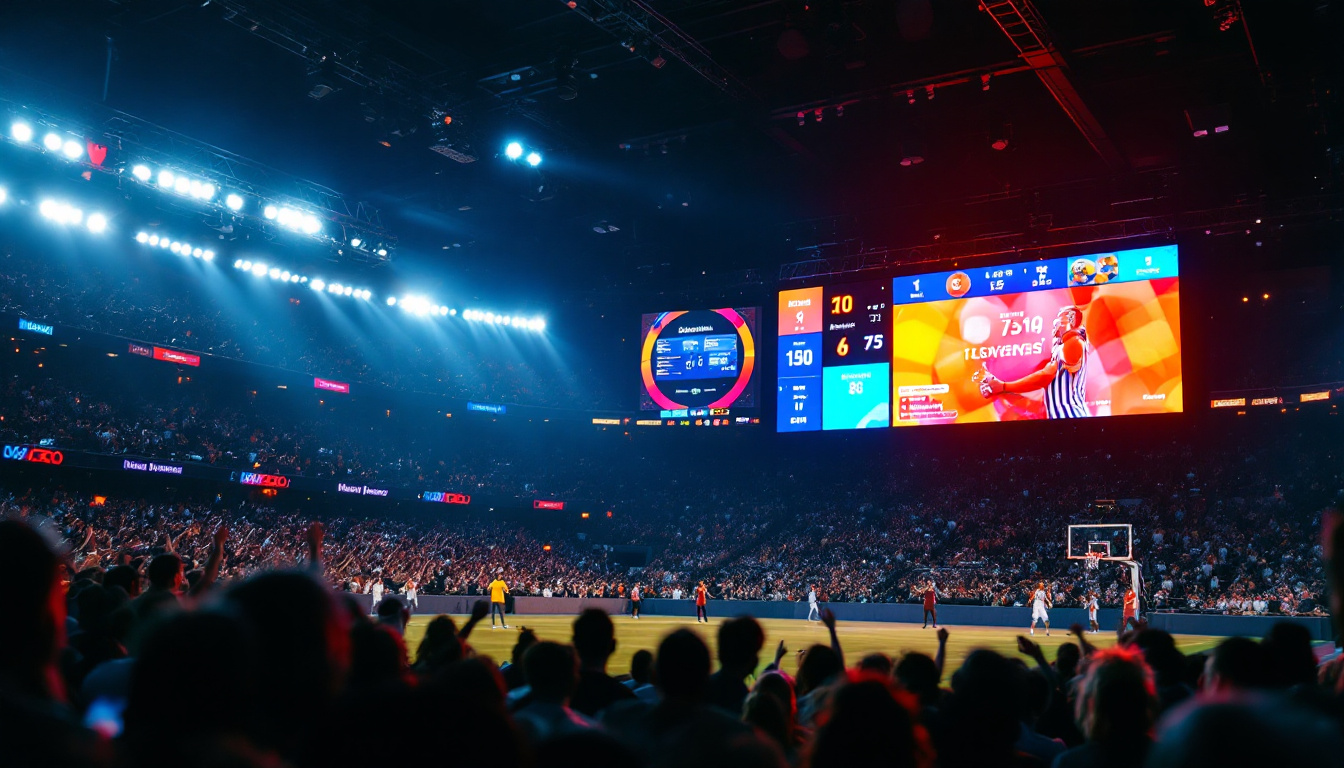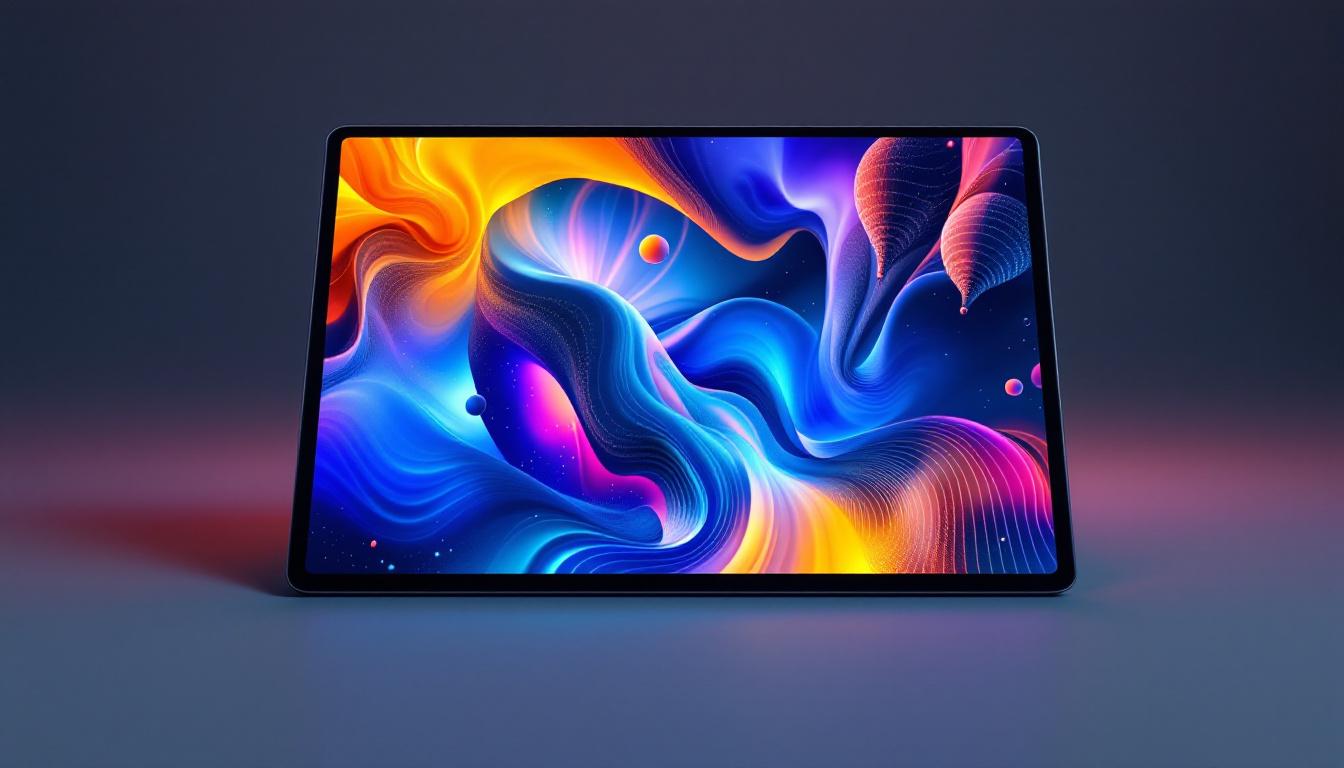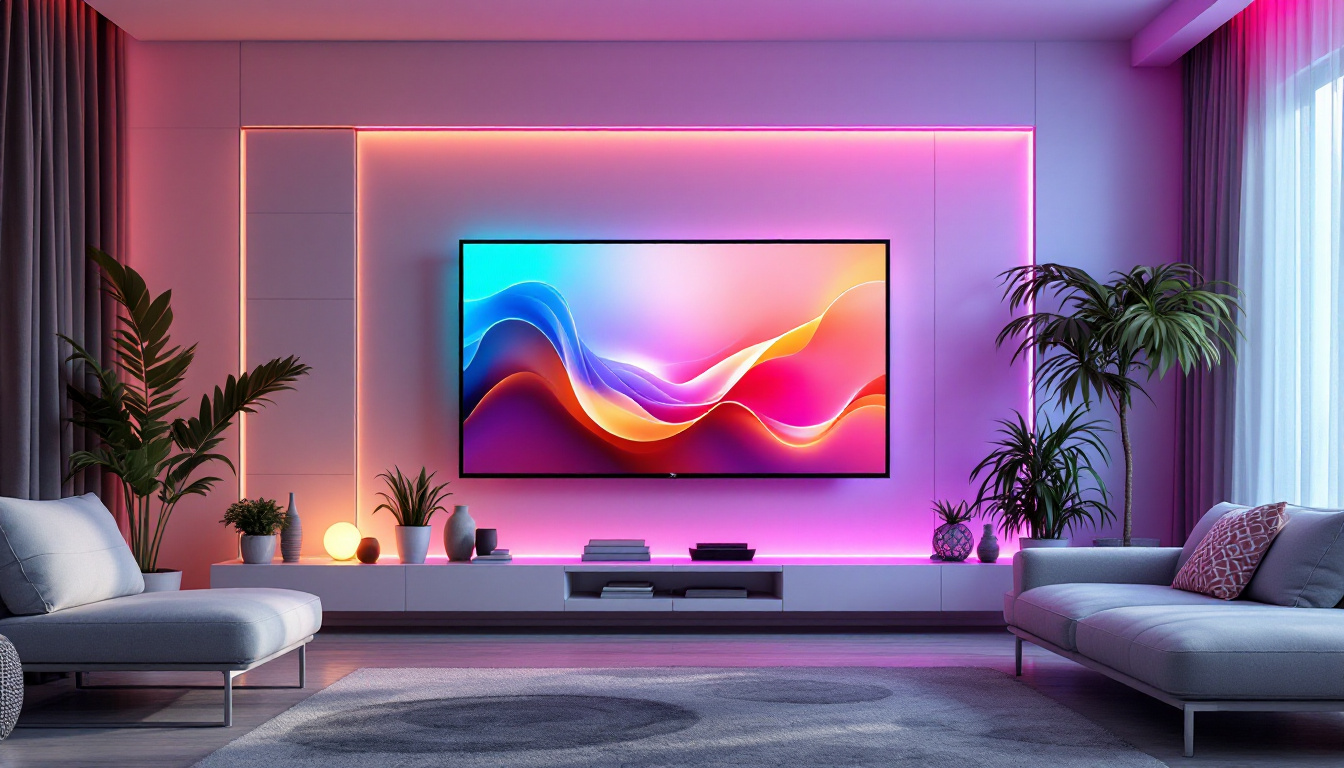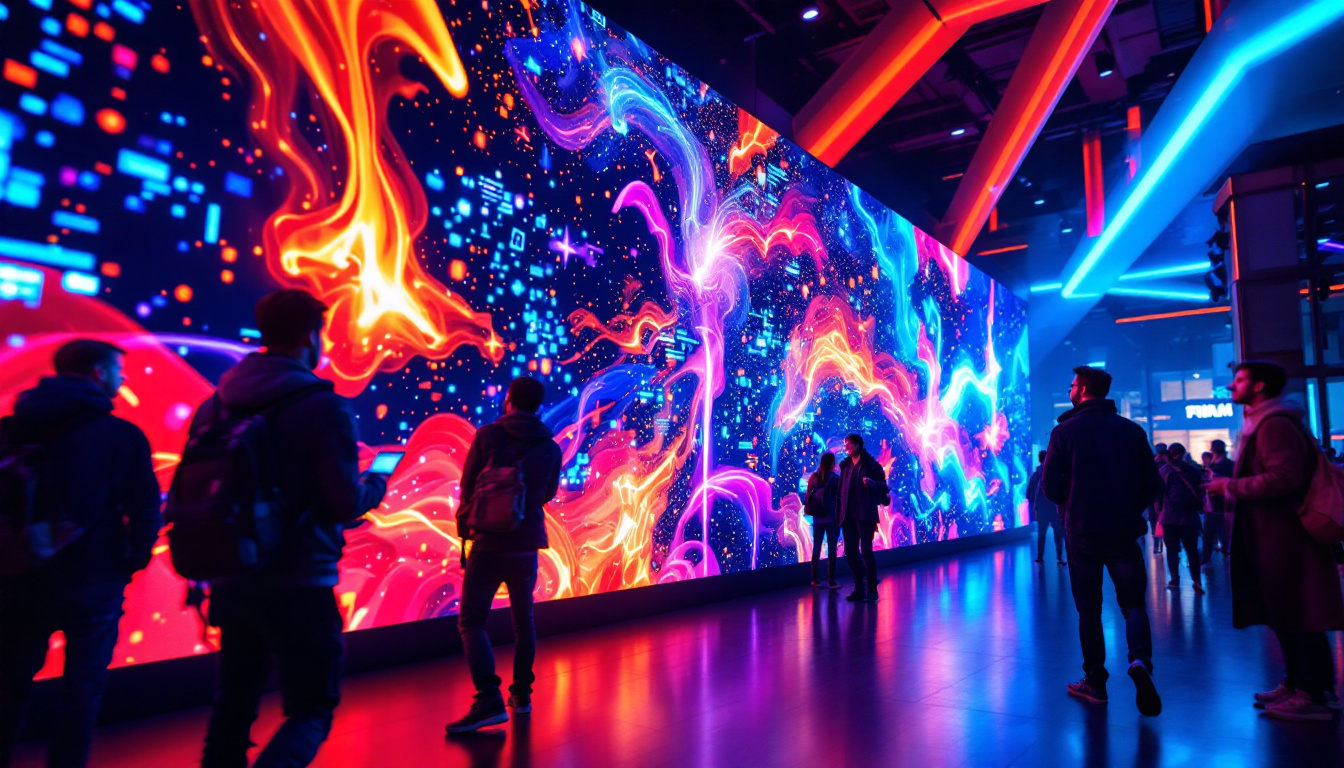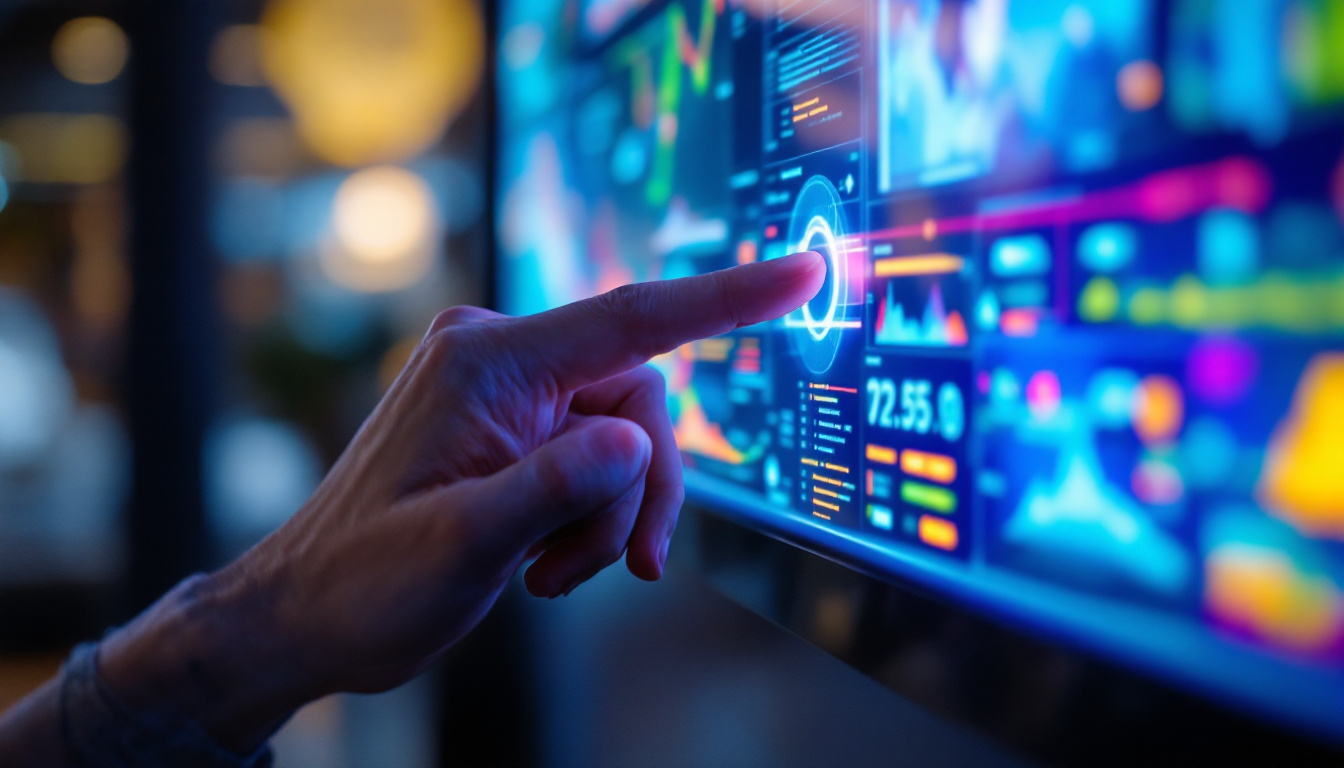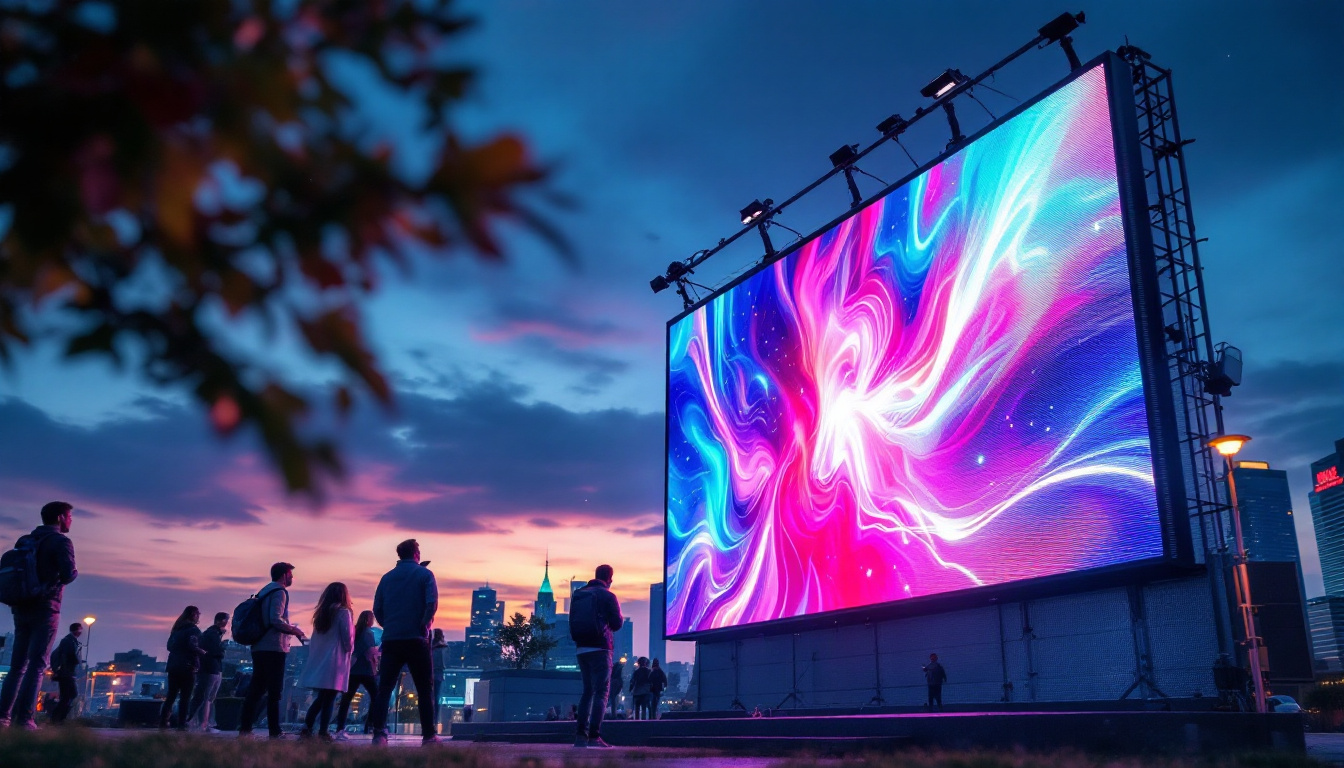In today’s digital age, the demand for high-quality visual displays has surged, leading to the widespread adoption of video wall panels. These innovative LED displays are not just a technological marvel; they are transforming the way businesses communicate, entertain, and engage with their audiences. This article delves into the intricacies of video wall panels, exploring their components, applications, and the technology behind them.
What is a Video Wall Panel?
A video wall panel is a large display made up of multiple screens or panels that work together to create a single, cohesive visual experience. These panels are typically composed of LED technology, which offers vibrant colors, high brightness, and excellent contrast ratios. The seamless integration of these panels allows for the creation of stunning visuals that can captivate audiences in various settings, from corporate environments to entertainment venues. Video walls are increasingly popular in retail spaces, where they can be used to showcase dynamic advertisements, product launches, or immersive brand experiences that engage customers and enhance their shopping journey.
Composition of Video Wall Panels
Video wall panels are primarily constructed using LED (Light Emitting Diode) technology. Each panel consists of a matrix of tiny LEDs that emit light when an electric current passes through them. This technology allows for the display of high-definition images and videos, making it ideal for various applications, from advertising to live events. The modular design of video wall panels also means they can be configured in various shapes and sizes, allowing for creative installations that can fit any space or aesthetic.
In addition to the LED components, video wall panels include various other elements such as control systems, mounting hardware, and video processors. The control systems manage the input signals and ensure that the content is displayed correctly across the panels. Mounting hardware is essential for securely installing the panels, while video processors handle the scaling and distribution of video content, ensuring a seamless viewing experience. Furthermore, many modern video wall setups incorporate advanced software solutions that allow for real-time content management and remote monitoring, enabling operators to easily update displays and troubleshoot issues from anywhere.
Types of Video Wall Panels
There are several types of video wall panels available, each designed to cater to specific needs and environments. The most common types include:
- LCD Video Walls: These panels use liquid crystal display technology and are known for their excellent color reproduction and wide viewing angles. However, they may suffer from issues like bezel interference, which can disrupt the visual experience. Despite this, advancements in bezel design have significantly reduced these interruptions, making LCD walls a popular choice for indoor applications.
- LED Video Walls: As the name suggests, these panels utilize LED technology, providing superior brightness and contrast. They are often used in outdoor settings due to their high visibility in bright conditions. Additionally, LED video walls can be designed to be flexible, allowing them to be curved or shaped to fit unique architectural features, enhancing their visual impact.
- OLED Video Walls: Organic Light Emitting Diode panels offer exceptional color accuracy and deep blacks. They are ideal for environments where image quality is paramount, though they tend to be more expensive than other options. OLED technology also allows for thinner and lighter panels, making installation easier and providing more design flexibility.
Applications of Video Wall Panels
Video wall panels have found their way into a multitude of industries, serving various purposes. Their versatility makes them suitable for both indoor and outdoor environments, enhancing communication and engagement in numerous ways.
Advertising and Marketing
One of the most prevalent applications of video wall panels is in advertising and marketing. Retailers and brands use these displays to showcase promotions, product launches, and brand stories. The dynamic nature of video content allows businesses to capture the attention of potential customers, driving foot traffic and boosting sales.
Moreover, video walls can be strategically placed in high-traffic areas, such as shopping malls, airports, and stadiums, ensuring maximum visibility. The ability to change content quickly and remotely adds to the effectiveness of advertising campaigns, allowing for real-time updates and targeted messaging.
Corporate Communication
In the corporate world, video wall panels play a crucial role in enhancing communication and collaboration. They are commonly used in conference rooms, lobbies, and control centers to display important information, presentations, and live feeds. This technology enables teams to visualize data more effectively, facilitating better decision-making and strategic planning.
Additionally, video walls can be utilized for digital signage within corporate environments, providing employees and visitors with real-time updates, announcements, and event information. This fosters a more informed workplace and enhances the overall corporate culture.
Entertainment and Events
Video wall panels have revolutionized the entertainment industry, providing immersive experiences at concerts, festivals, and sporting events. These displays can create stunning visual backdrops, enhancing performances and engaging audiences on a grand scale.
Furthermore, video walls are often employed in theaters and cinemas to deliver high-quality visuals that complement the storytelling experience. The ability to synchronize multiple panels allows for creative presentations that captivate viewers and elevate the overall impact of the event.
Benefits of Using Video Wall Panels
The adoption of video wall panels offers numerous advantages for businesses and organizations. Understanding these benefits can help stakeholders make informed decisions when considering this technology for their needs.
Enhanced Visual Impact
One of the most significant benefits of video wall panels is their ability to create a visually stunning experience. The high resolution and vibrant colors of LED displays can attract attention and engage viewers more effectively than traditional signage. This enhanced visual impact is particularly beneficial in crowded environments where competition for attention is fierce.
Scalability and Flexibility
Video wall panels are highly scalable, allowing organizations to customize the size and configuration of their displays based on specific requirements. Whether a small setup for a conference room or a massive installation for an outdoor event, video walls can be tailored to fit any space.
Additionally, the flexibility of video wall technology enables users to display various types of content, from static images to dynamic videos and live feeds. This versatility ensures that businesses can adapt their messaging to suit different audiences and occasions.
Cost-Effectiveness
While the initial investment for video wall panels may be significant, the long-term cost-effectiveness cannot be overlooked. These displays are designed for durability and longevity, often requiring minimal maintenance compared to traditional signage. Furthermore, the ability to update content remotely reduces the need for printed materials, leading to cost savings over time.
Challenges and Considerations
Despite their numerous advantages, there are challenges associated with video wall panels that organizations must consider before implementation. Understanding these challenges can help mitigate potential issues and ensure successful deployment.
Initial Investment
The upfront cost of purchasing and installing video wall panels can be a barrier for some organizations. High-quality LED displays, along with the necessary hardware and installation services, can represent a significant investment. However, businesses should weigh this cost against the potential return on investment through increased engagement and sales.
Technical Expertise
Installing and maintaining video wall panels requires a certain level of technical expertise. Organizations may need to hire specialized personnel or partner with external vendors to ensure proper setup and ongoing support. This can add to the overall cost and complexity of the project.
Moreover, training staff to effectively use and manage the technology is essential for maximizing the benefits of video walls. Ensuring that employees are comfortable with the system can prevent operational hiccups and enhance the overall user experience.
Content Management
Effective content management is critical for the success of video wall panels. Organizations must develop a strategy for creating, scheduling, and updating content regularly. Without a well-defined plan, the visual displays may become stale or irrelevant, diminishing their impact.
Investing in content management software can streamline this process, allowing for easier updates and scheduling. However, this may introduce additional costs and require further training for staff.
Future Trends in Video Wall Technology
The video wall technology landscape is continuously evolving, with new trends emerging that promise to enhance the capabilities and applications of these displays. Staying informed about these trends can help organizations remain competitive and leverage the latest advancements.
Increased Resolution and Quality
As technology advances, the demand for higher resolution and better quality displays is growing. Future video wall panels are expected to feature even higher pixel densities, resulting in sharper images and more vibrant colors. This trend will be particularly beneficial for applications that require detailed visuals, such as medical imaging and design presentations.
Integration with Artificial Intelligence
Artificial intelligence (AI) is poised to play a significant role in the future of video wall technology. AI can enhance content management by analyzing viewer engagement and preferences, allowing organizations to tailor their messaging more effectively. Additionally, AI-driven analytics can provide valuable insights into audience behavior, helping businesses optimize their strategies.
Wireless Connectivity and Control
Future video wall panels are likely to incorporate advanced wireless connectivity options, enabling seamless integration with various devices and platforms. This will simplify the process of content sharing and control, allowing users to manage their displays from anywhere. As remote work and digital collaboration continue to rise, this feature will become increasingly valuable.
Conclusion
Video wall panels represent a transformative technology that is reshaping the way organizations communicate and engage with their audiences. With their stunning visuals, versatility, and adaptability, these displays offer a powerful tool for advertising, corporate communication, and entertainment.
While challenges exist, the benefits of adopting video wall technology far outweigh the potential drawbacks. As advancements continue to emerge, organizations that embrace this technology will be well-positioned to enhance their visual communication strategies and drive success in an increasingly competitive landscape.
Investing in video wall panels is not just about keeping up with trends; it is about leveraging cutting-edge technology to create impactful experiences that resonate with audiences. As the future unfolds, the possibilities for video wall panels are limitless, making them an essential component of modern visual communication.
Discover the Future of Visual Communication with LumenMatrix
Ready to elevate your visual display capabilities? Embrace the future with LumenMatrix’s comprehensive range of LED display solutions. From vibrant Indoor LED Walls to dynamic Outdoor LED Displays, and from mobile Vehicle LED Displays to sleek LED Poster Displays, LumenMatrix is at the forefront of innovation. Our mission is to revolutionize your visual communication, offering LED Sports Displays, interactive Floor LED Displays, Custom LED solutions, All-in-One LED Displays, and even LED Transparent Displays. Don’t just keep up with the trends—set them. Check out LumenMatrix LED Display Solutions today and transform how you connect with your audience.

